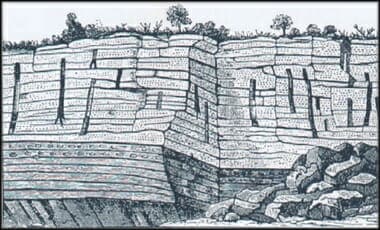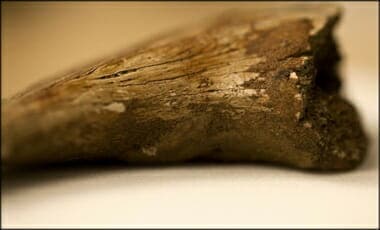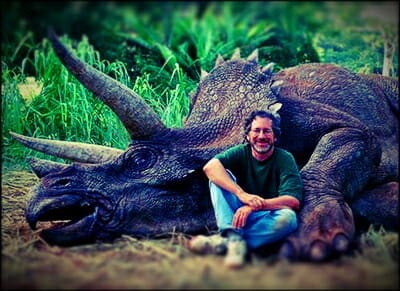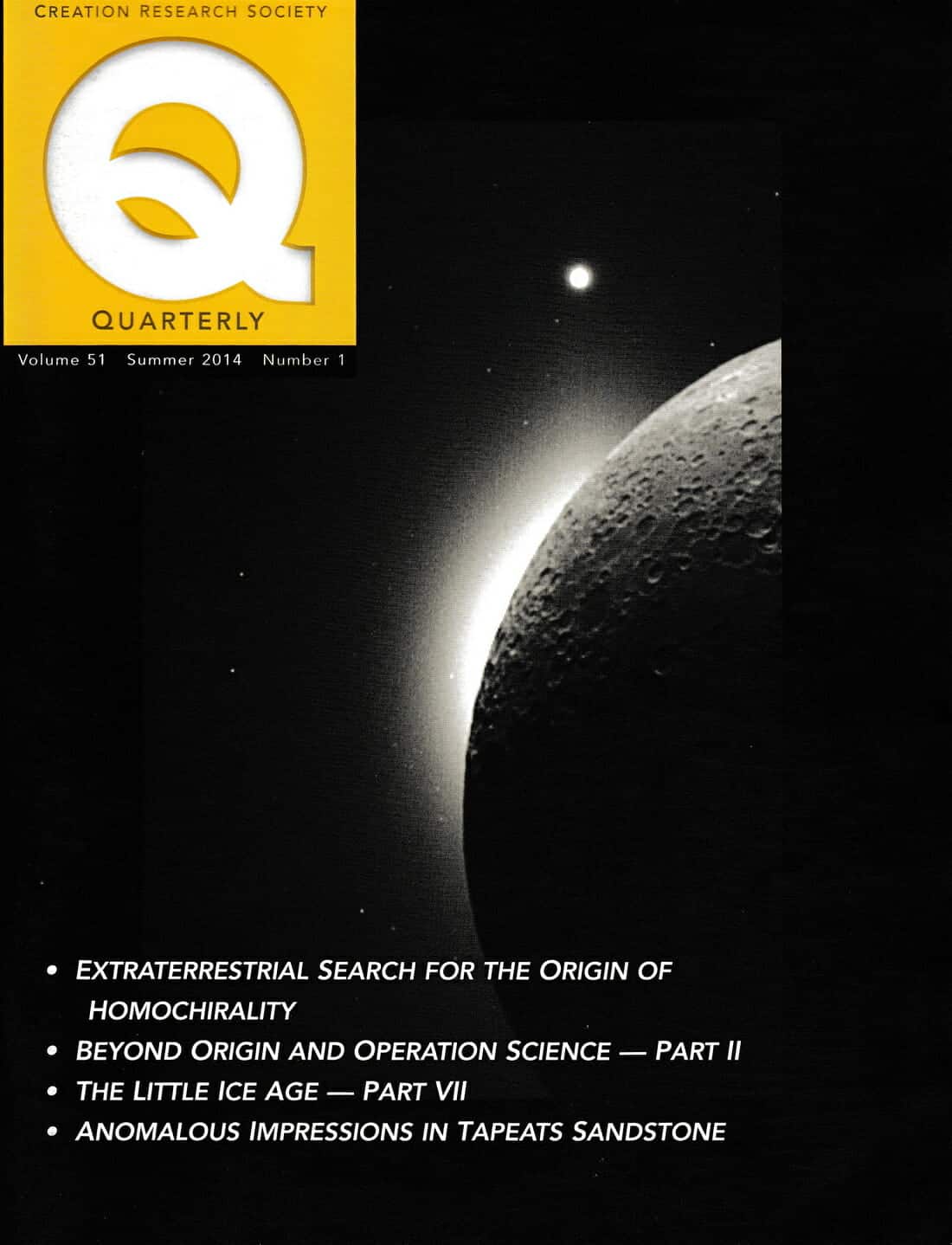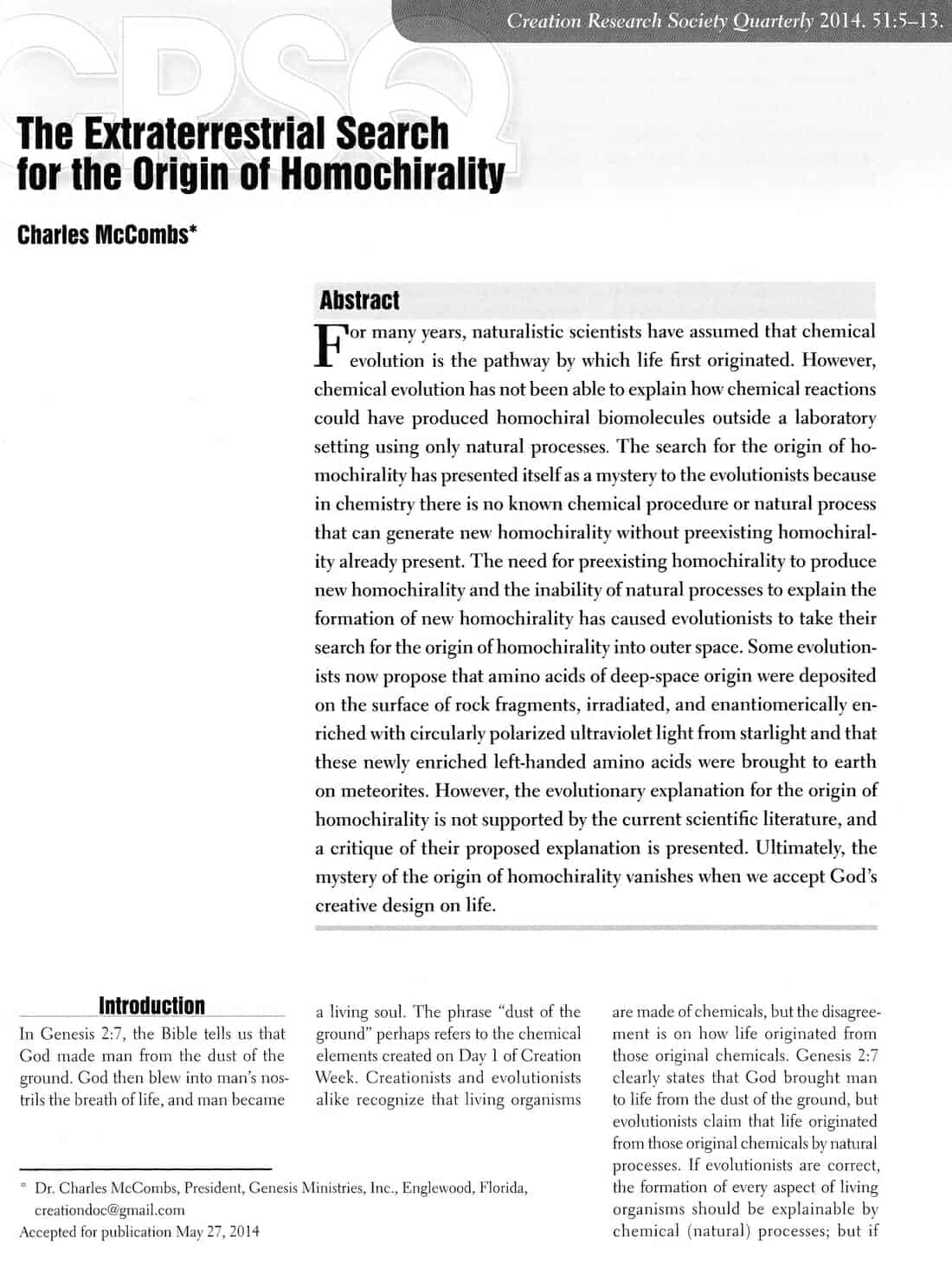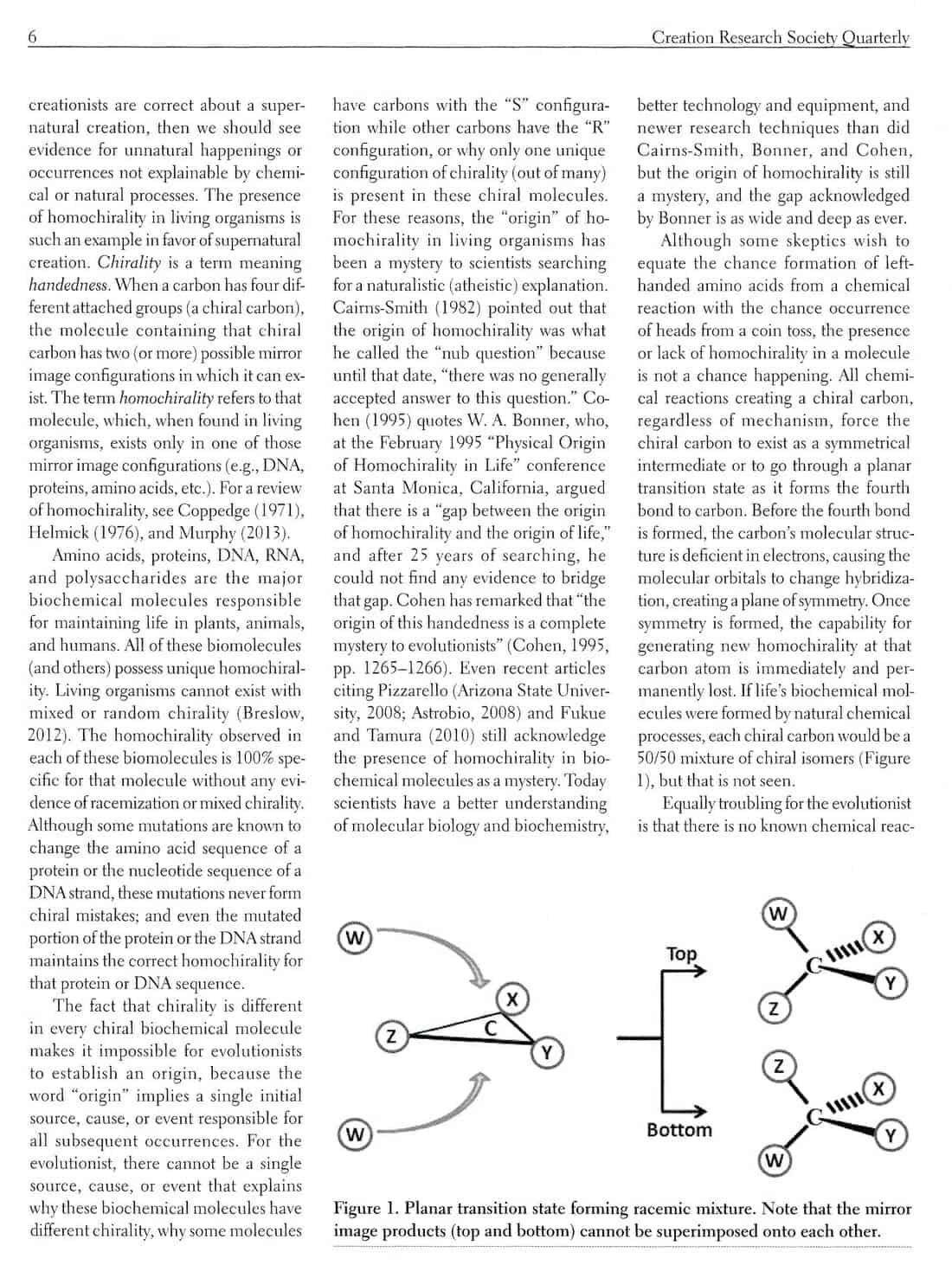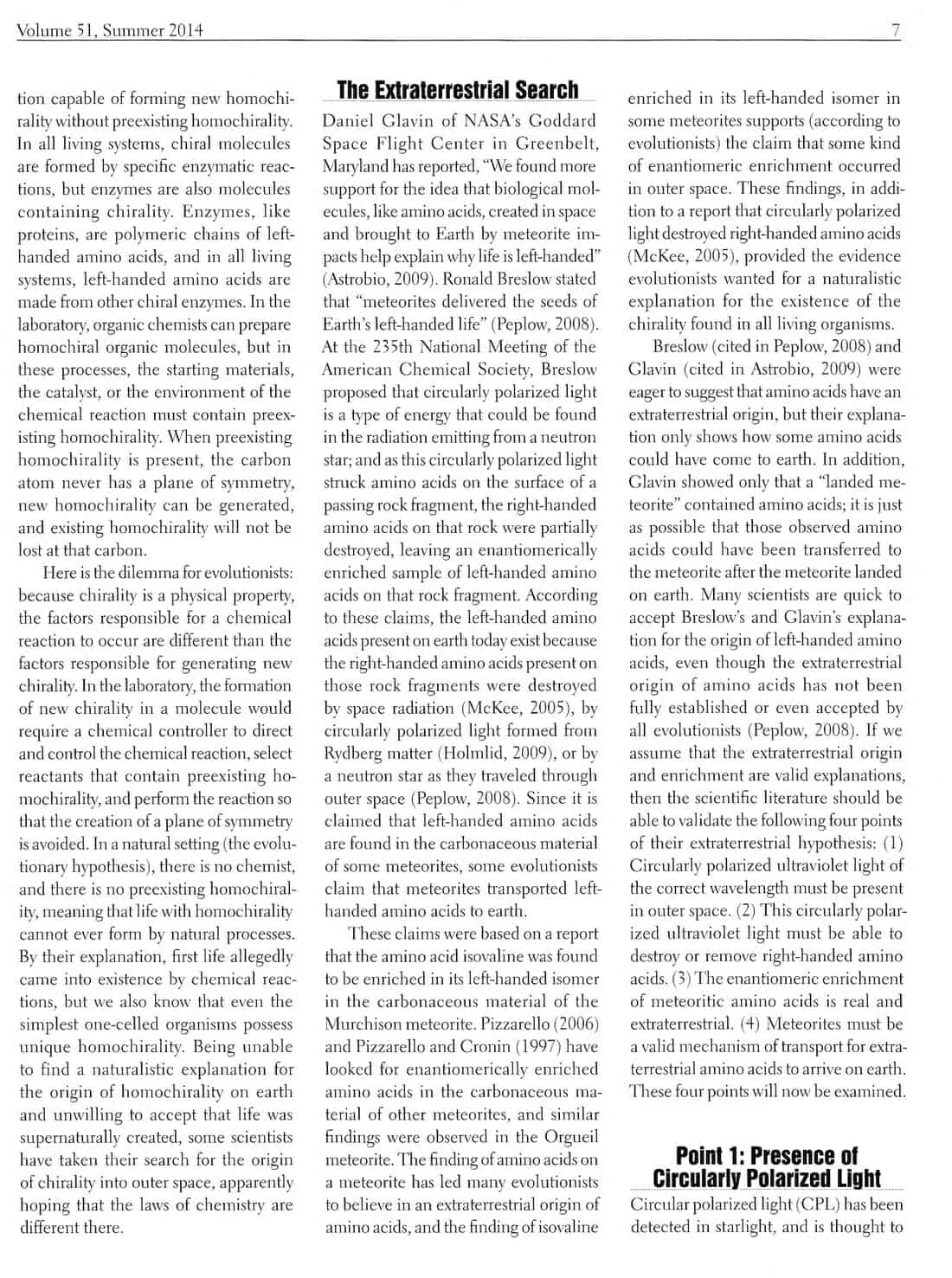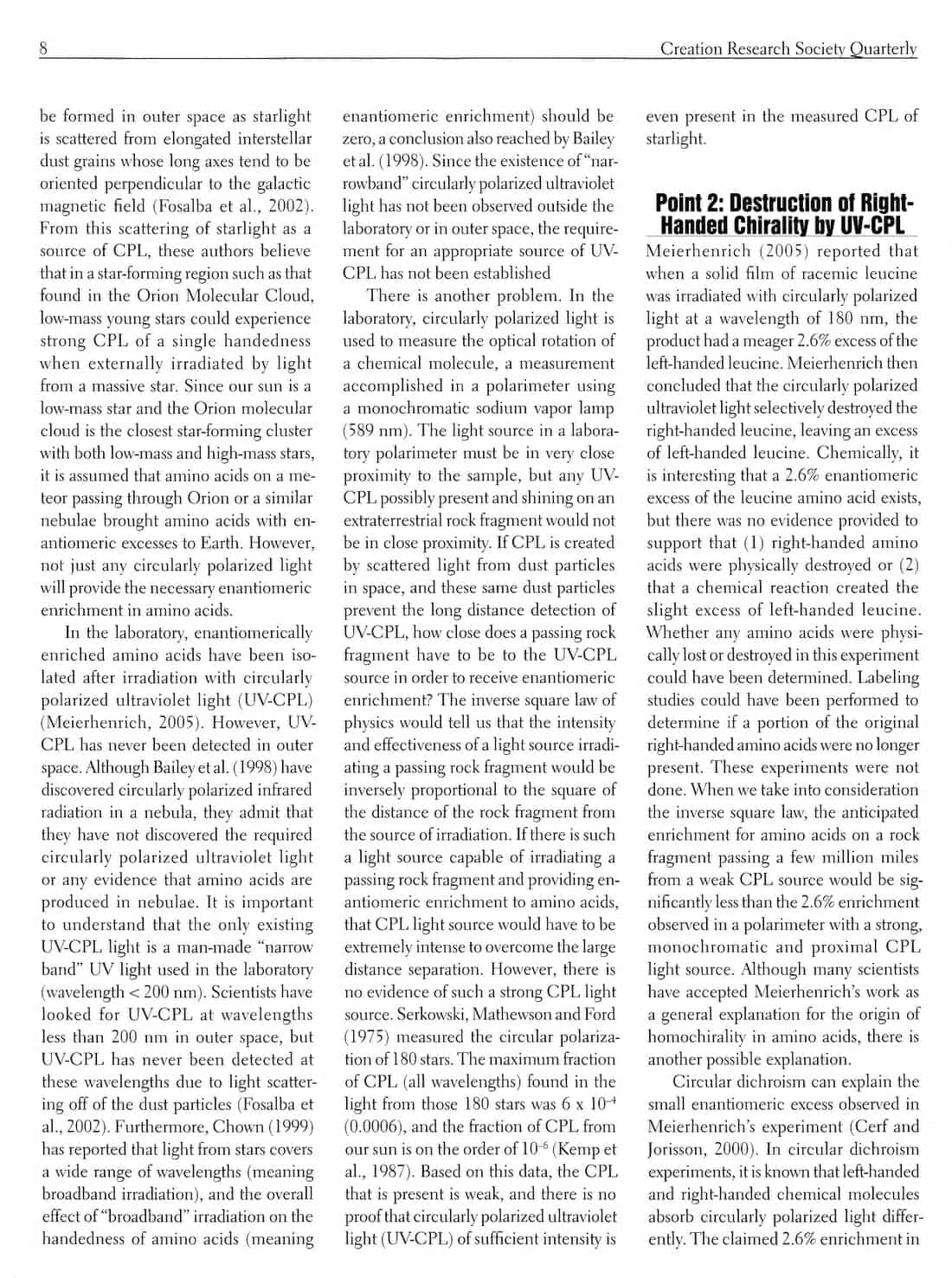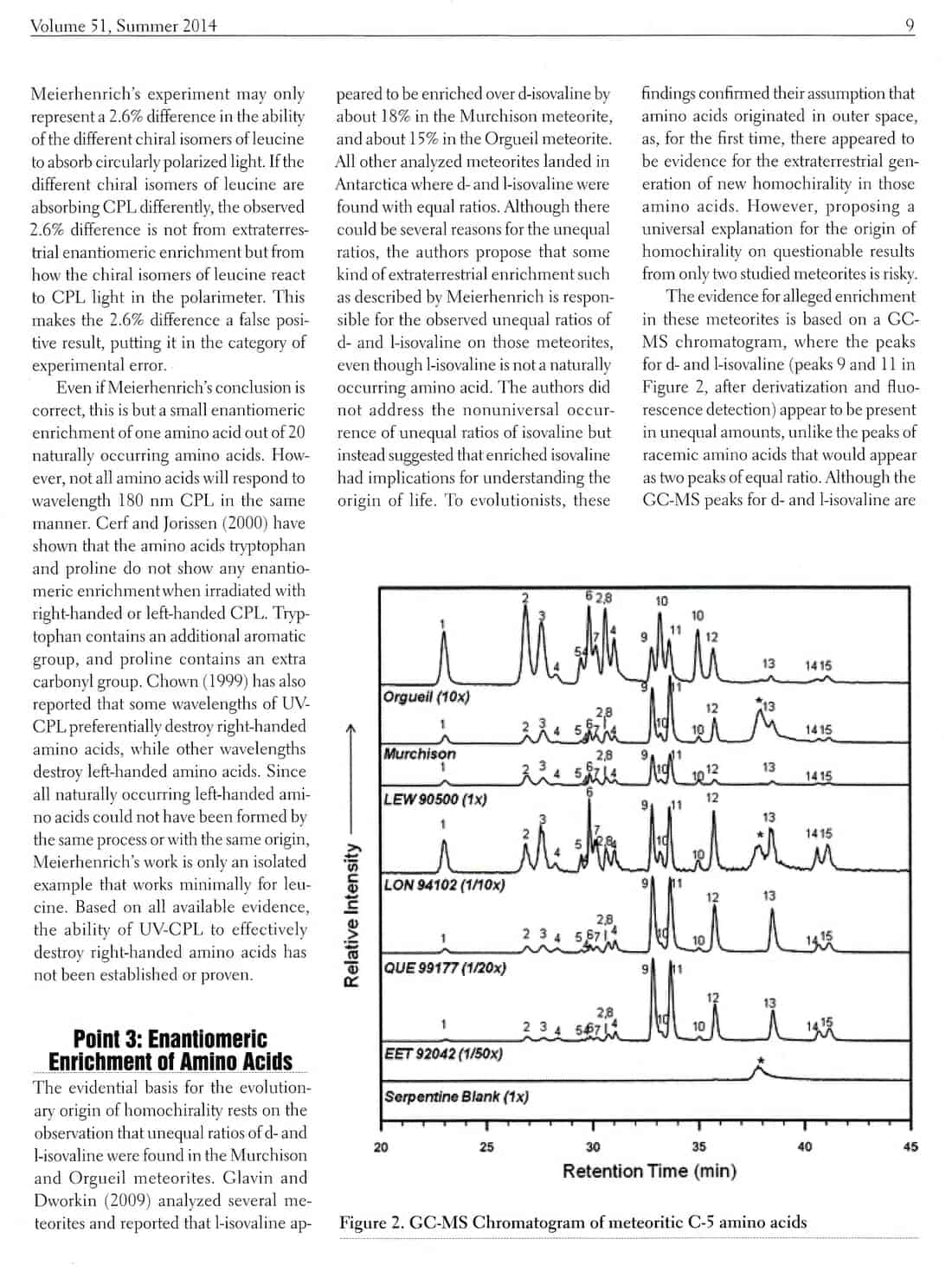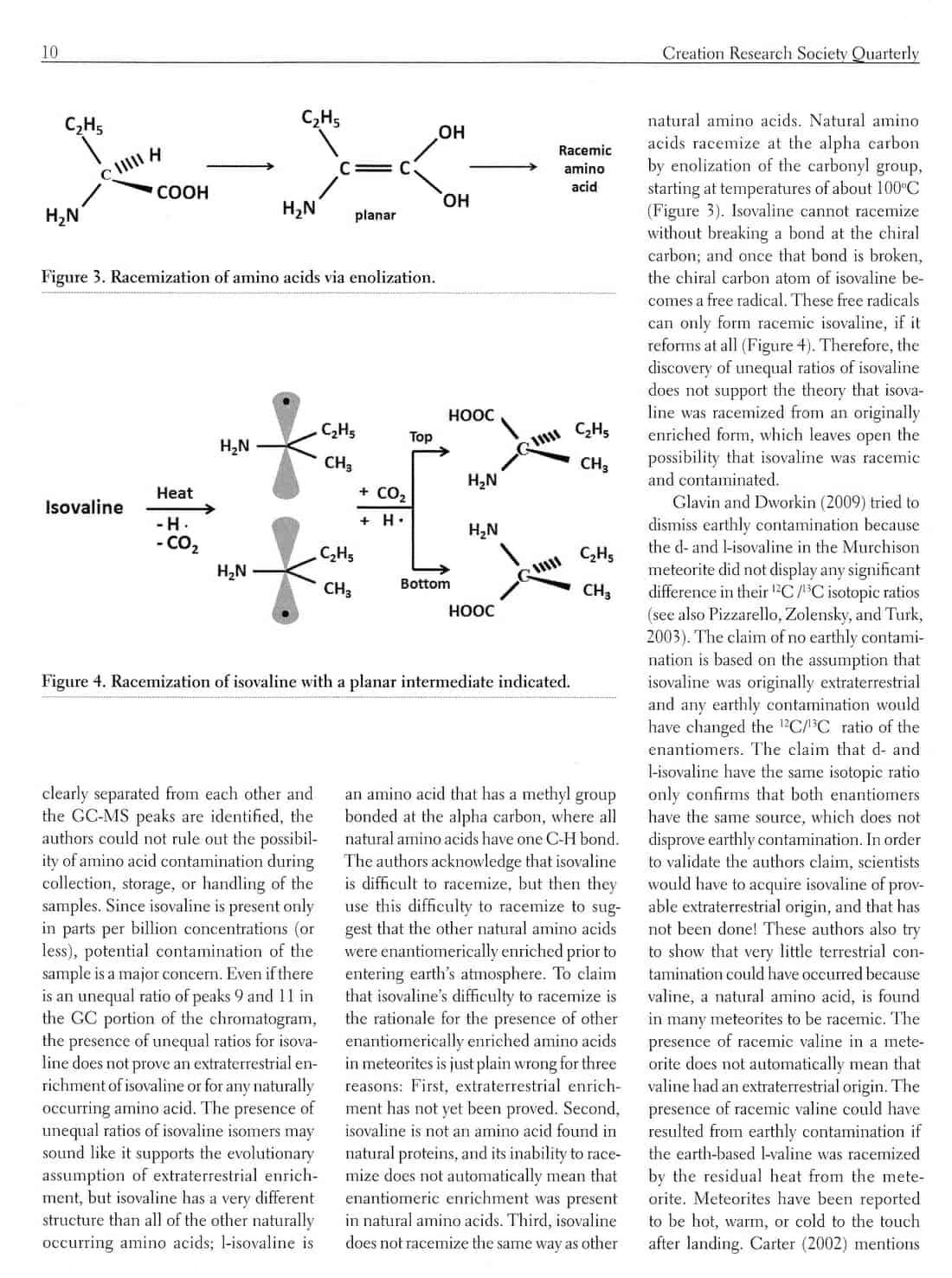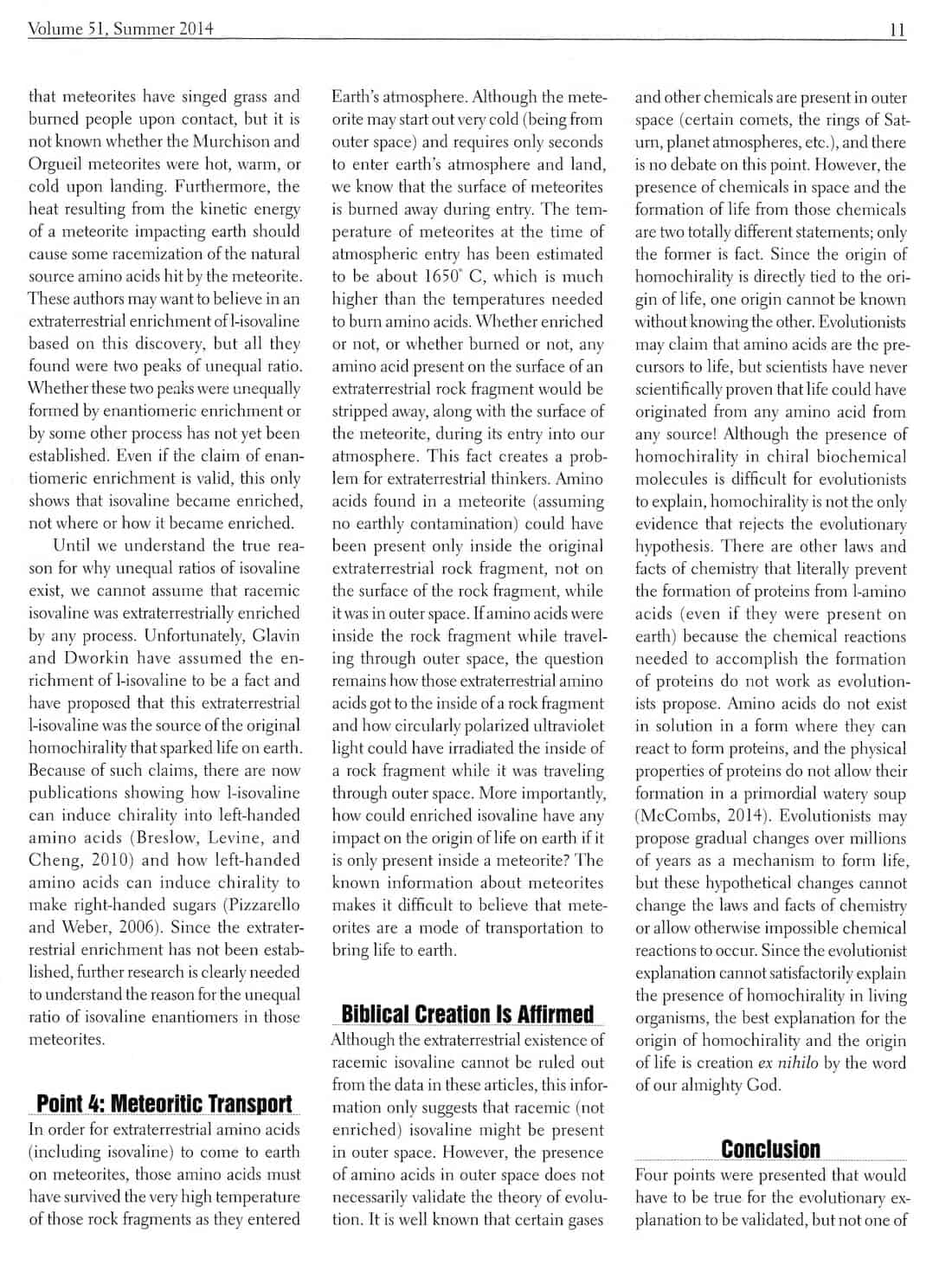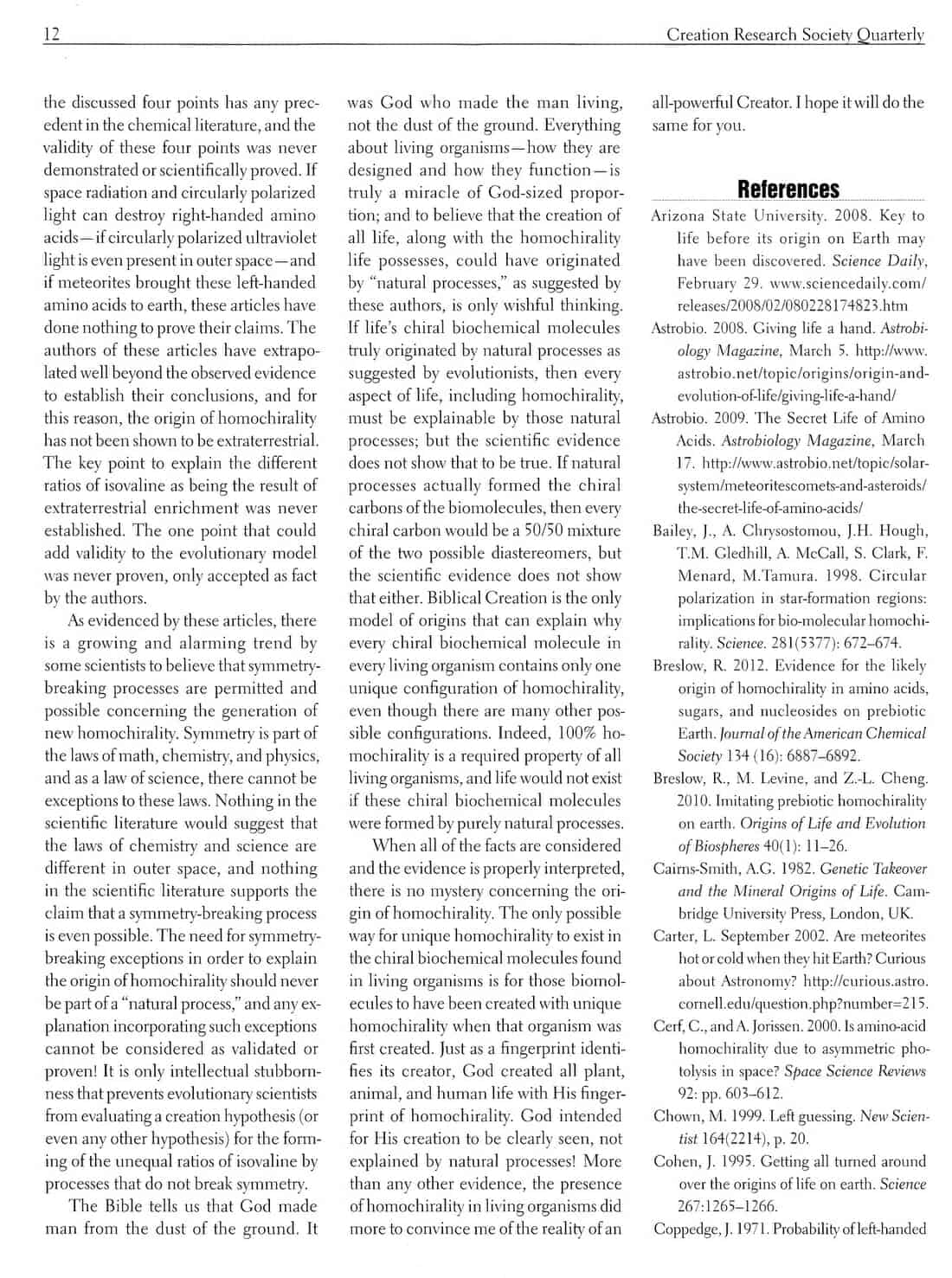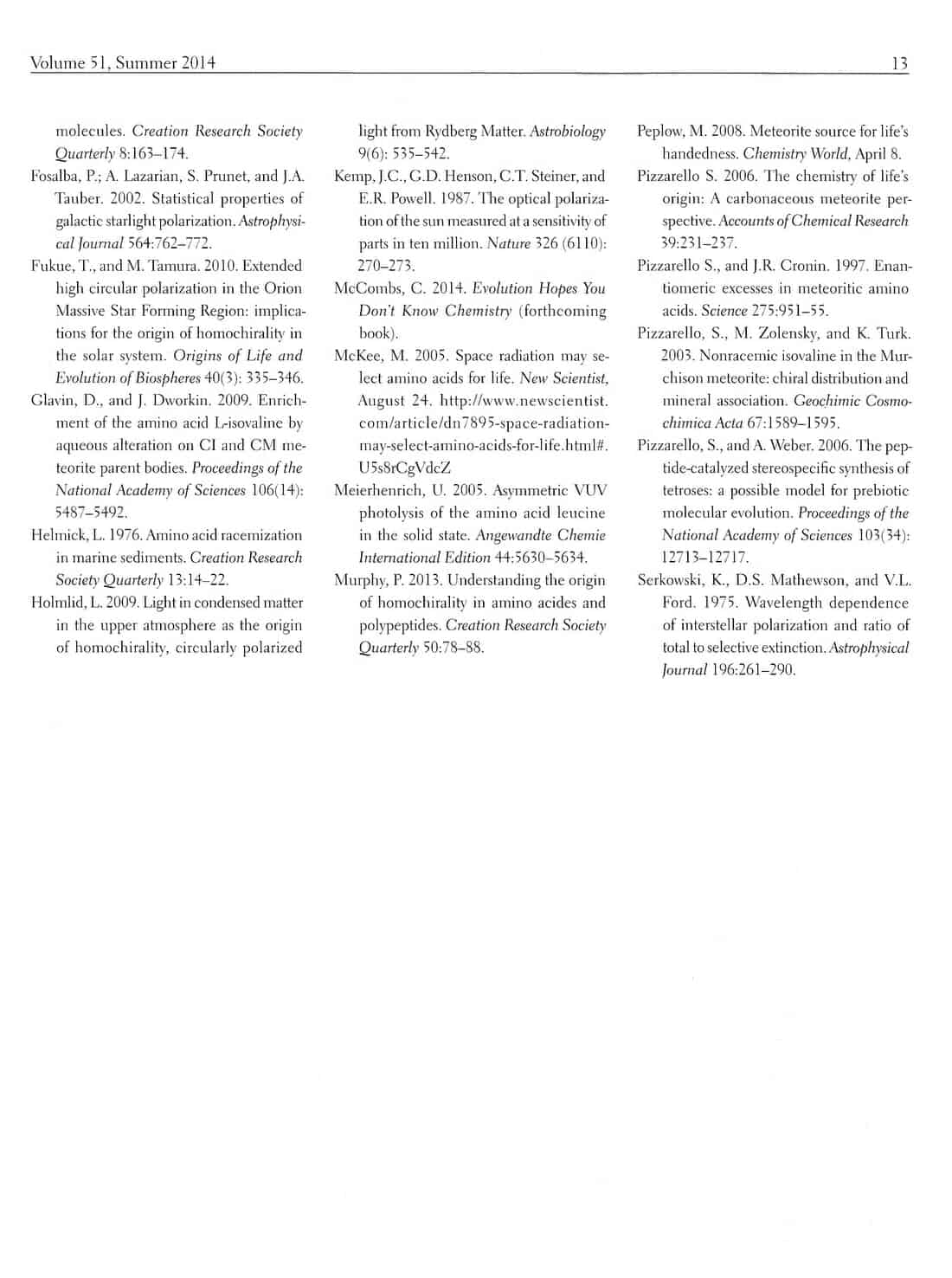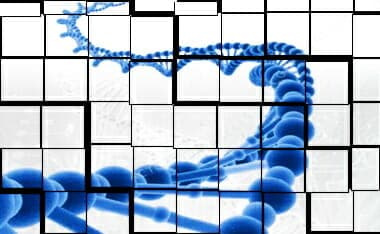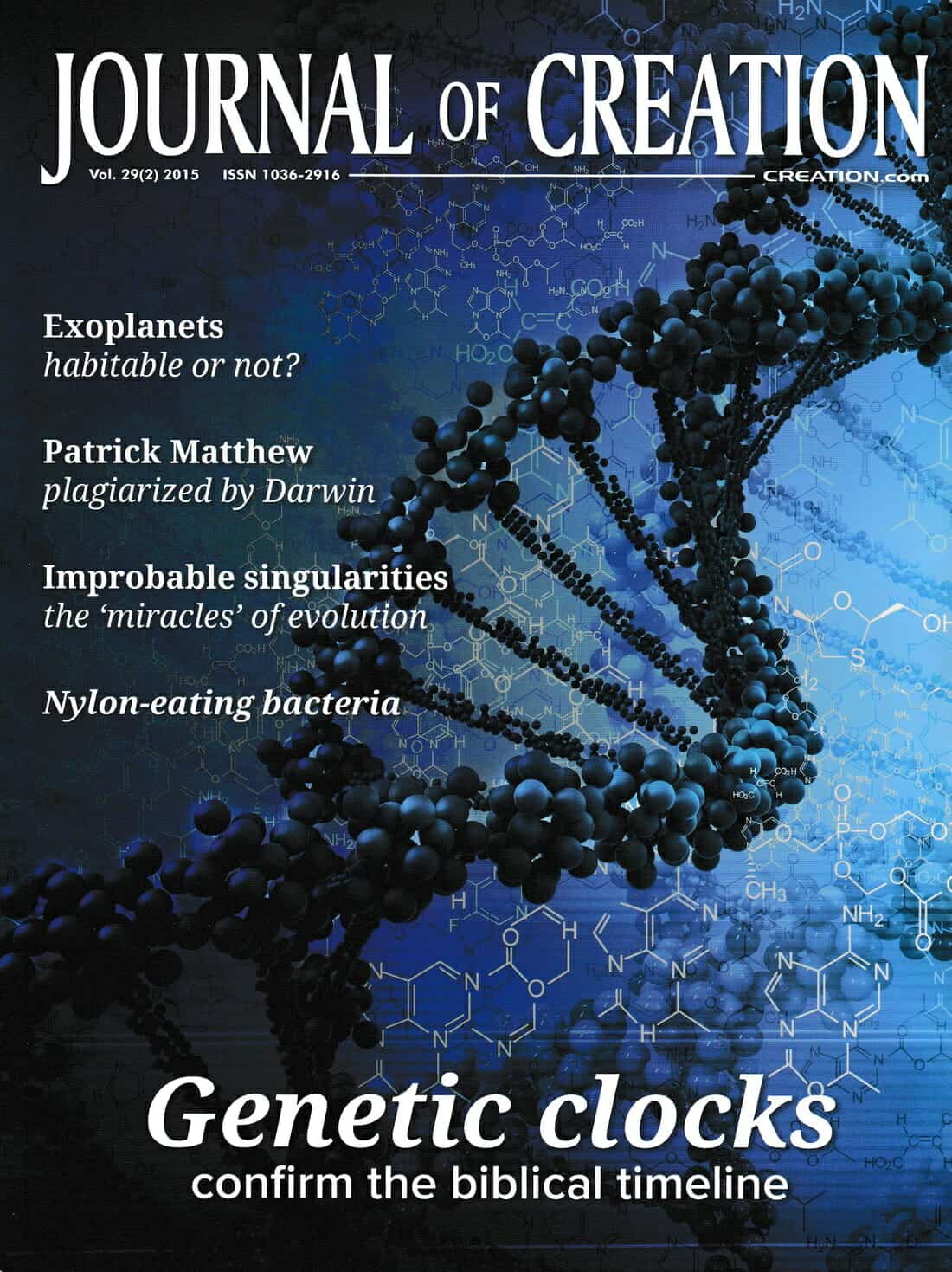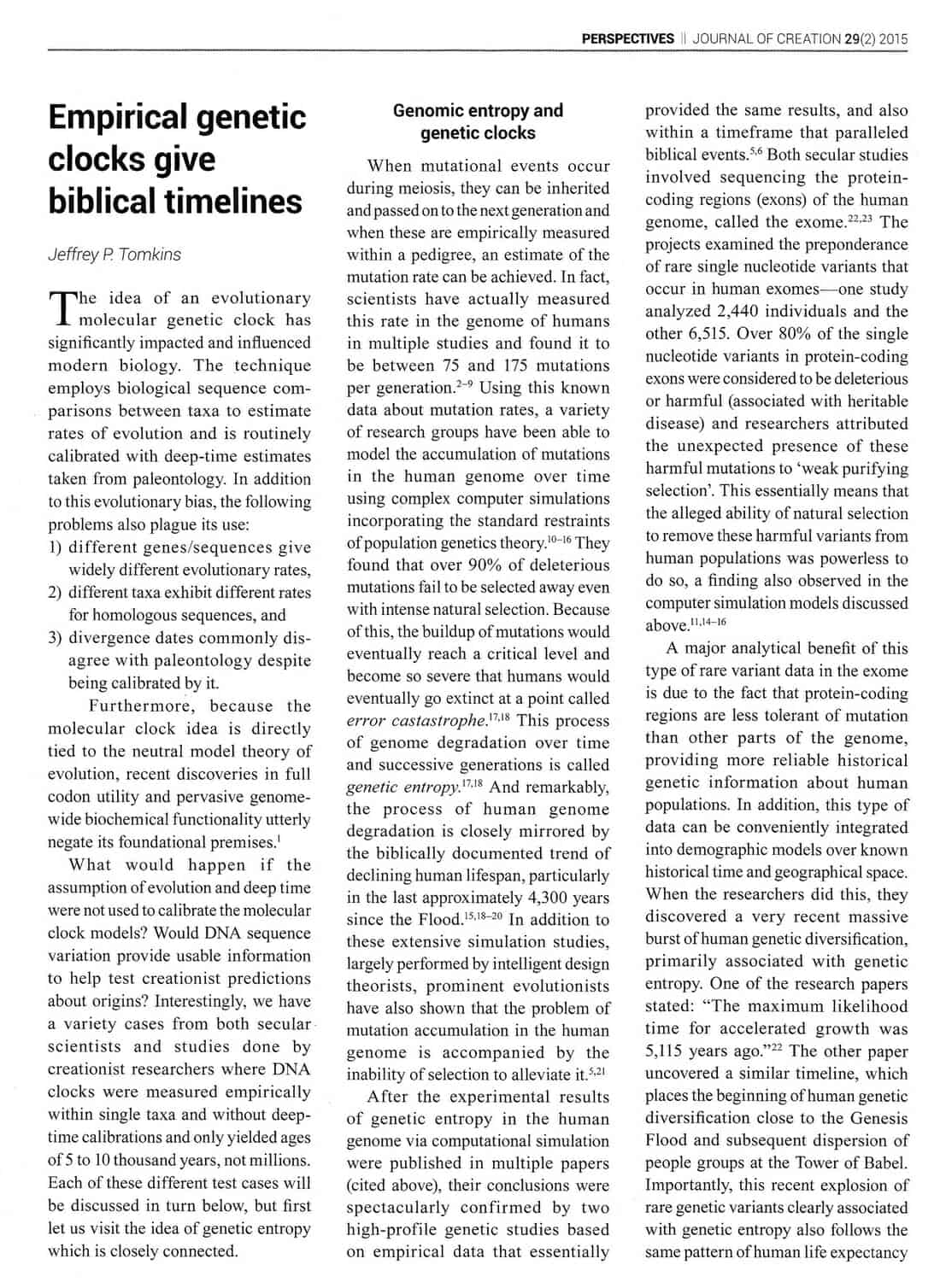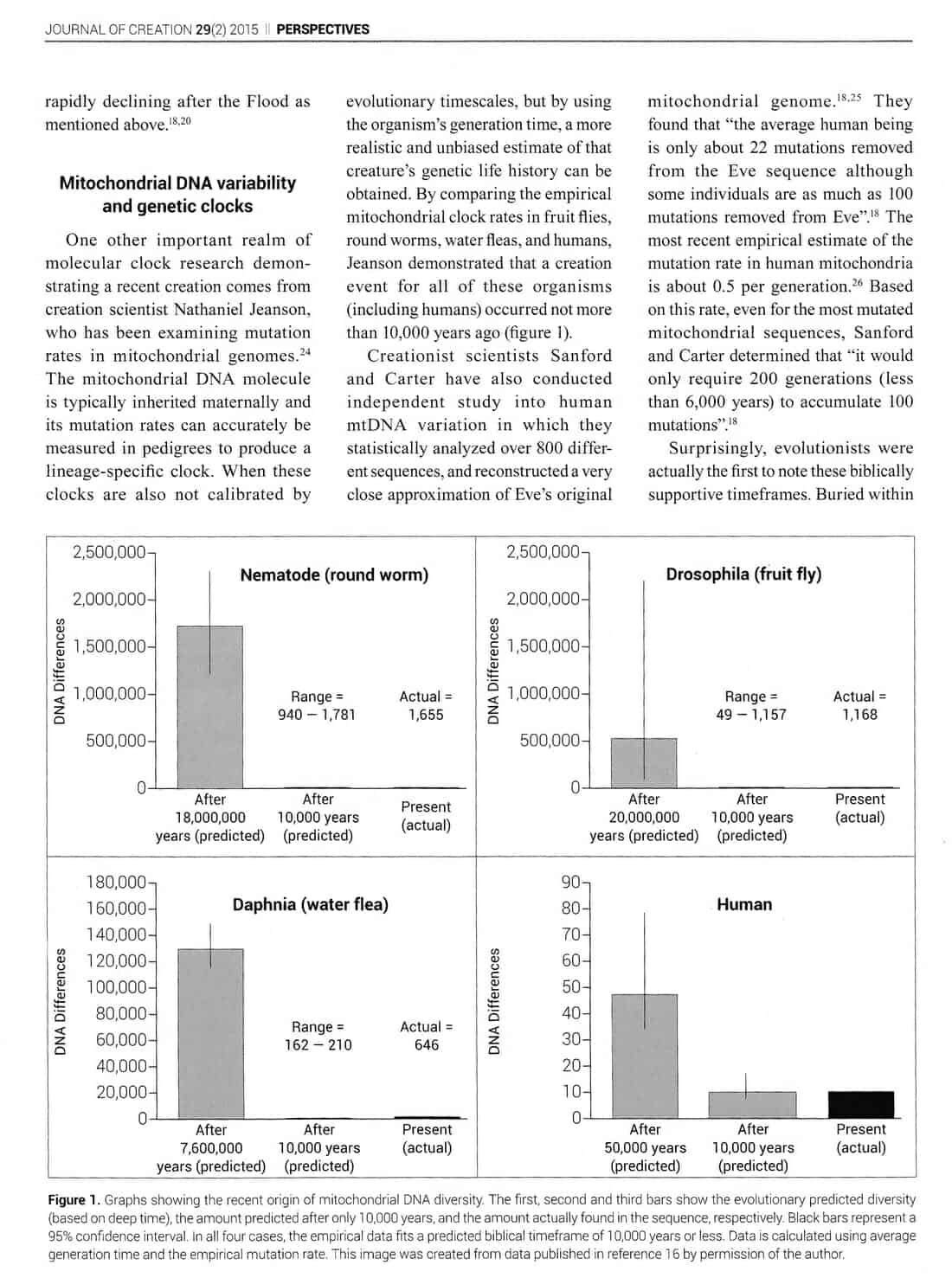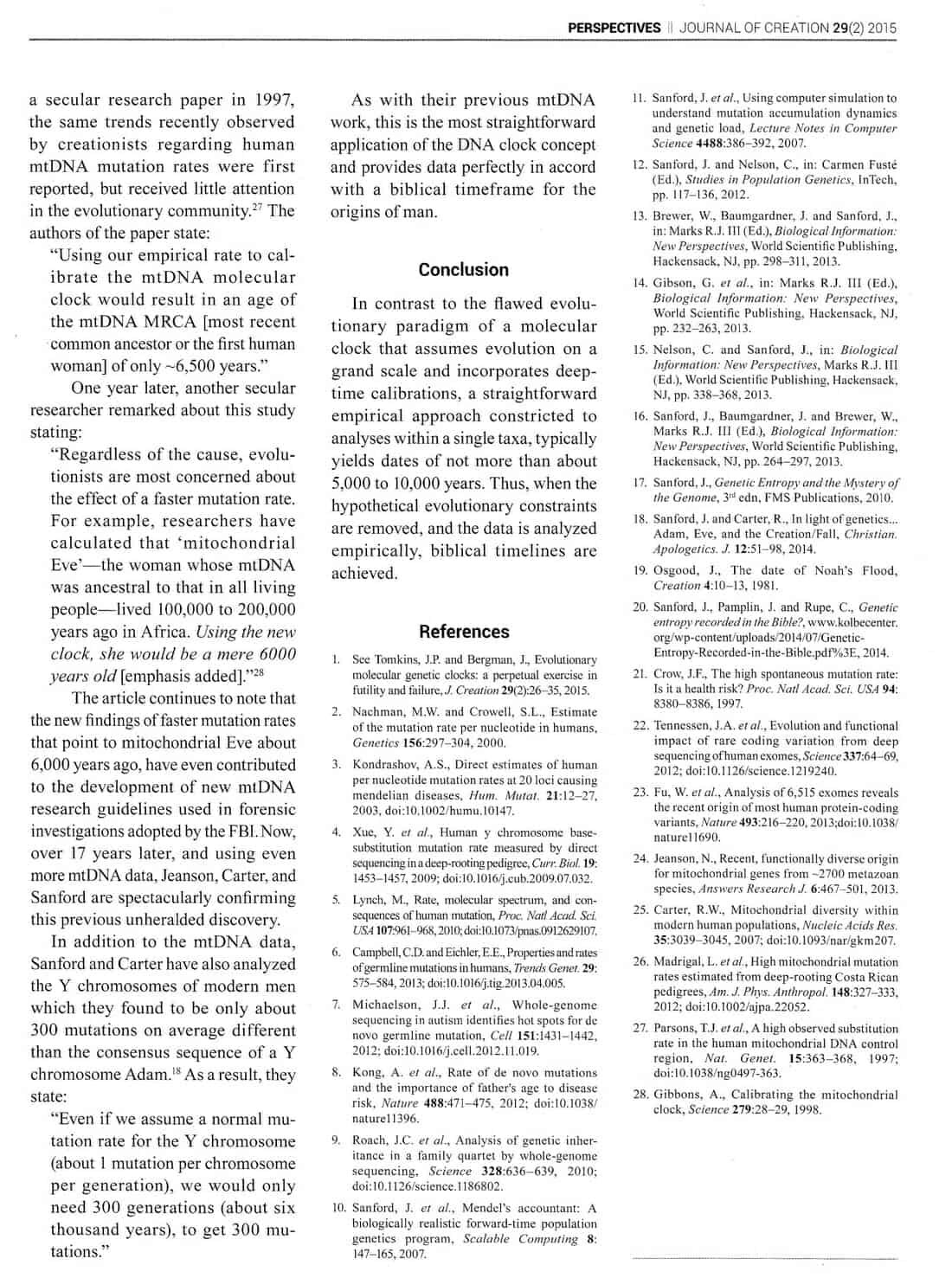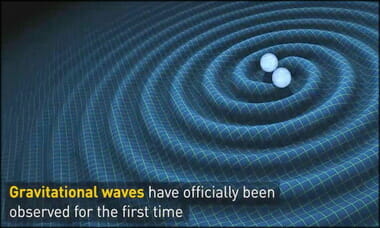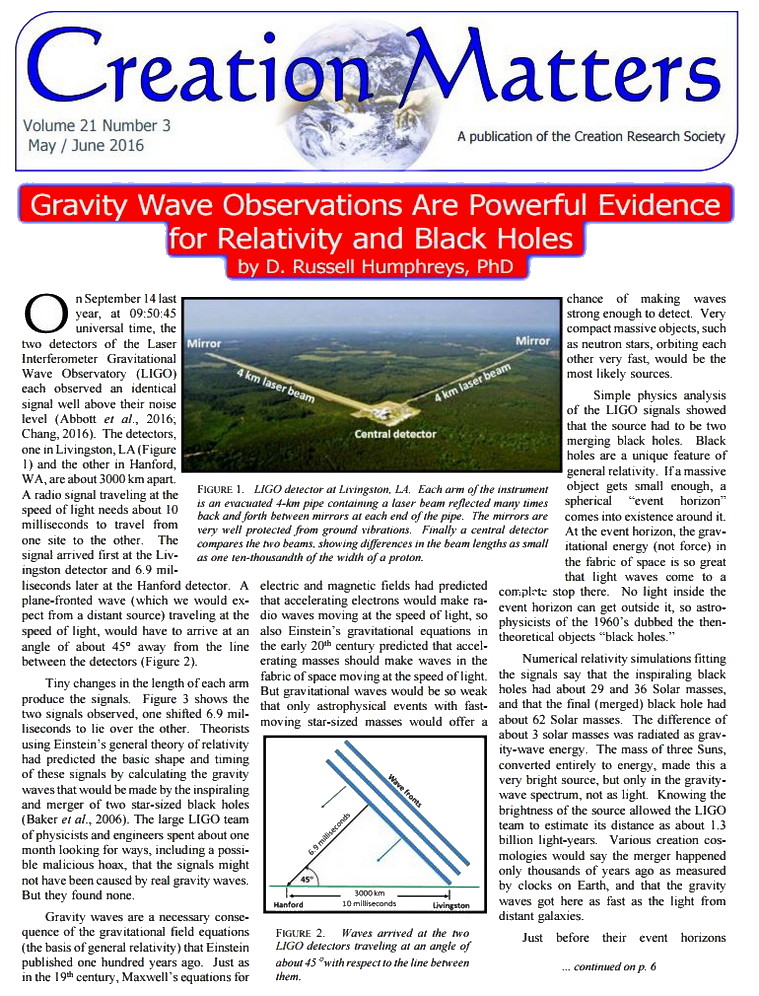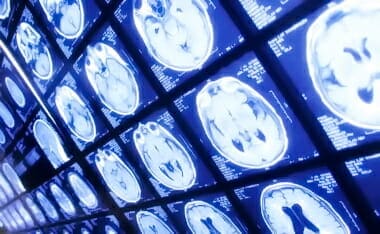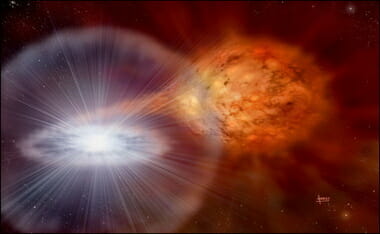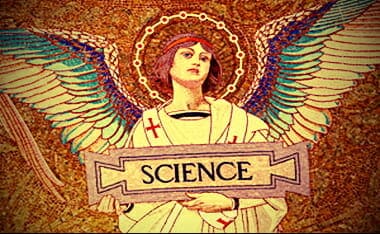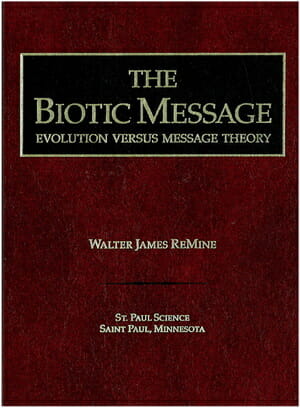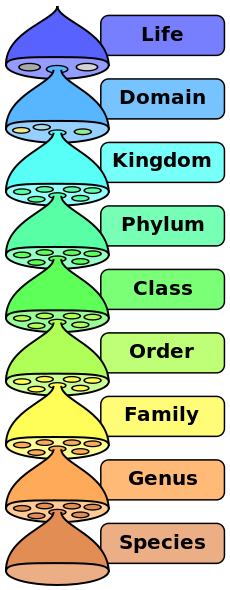….Some genetic differences are politically acceptable on the left, such as the biological basis for homosexuality, which was deemed plausible by 70 percent of sociologists in a recent survey. But that same survey found that only 43 percent accepted a biological explanation for male-female differences in spatial skills and communication. How could the rest of the sociologists deny the role of biology? It was no coincidence that these doubters espoused the most extreme left-wing political views and the strongest commitment to a feminist perspective. To dedicated leftists and feminists, it doesn’t matter how much evidence of sexual differences is produced by developmental psychologists, primatologists, neuroscientists, and other researchers. Any disparity between the sexes—or, at least, any disparity unfavorable to women—must be blamed on discrimination and other cultural factors.
Former Harvard president Lawrence Summers found this out the hard way at an academic conference where he dared to discuss the preponderance of men among professors of mathematics and physical sciences at elite universities. While acknowledging that women faced cultural barriers, like discrimination and the pressures of family responsibilities, Summers hypothesized that there might be other factors, too, such as the greater number of men at the extreme high end in tests measuring mathematical ability and other traits. Males’ greater variability in aptitude is well established—it’s why there are more male dunces as well as geniuses—but scientific accuracy was no defense against the feminist outcry. The controversy forced Summers to apologize and ultimately contributed to his resignation. Besides violating the Blank Slate taboo, Summers had threatened an academic cottage industry kept alive by the myth that gender disparities in science are due to discrimination.
This industry, supported by more than $200 million from the National Science Foundation, persists despite overwhelming evidence—from experiments as well as extensive studies of who gets academic jobs and research grants—that a female scientist is treated as well as or better than an equally qualified male. In a rigorous set of five experiments published last year, the female candidate was preferred two-to-one over an equivalent male. The main reason for sexual disparities in some fields is a difference in interests: from an early age, more males are more interested in fields like physics and engineering, while more females are interested in fields like biology and psychology (where most doctorates go to women).
On the whole, American women are doing much better than men academically—they receive the majority of undergraduate and graduate degrees—yet education researchers and federal funders have focused for decades on the few fields in science where men predominate. It was bad enough that the National Science Foundation’s grants paid for workshops featuring a game called Gender Bias Bingo and skits in which arrogant male scientists mistreat smarter female colleagues. But then, these workshops nearly became mandatory when Democrats controlled Congress in 2010. In response to feminist lobbying, the House passed a bill (which fortunately died in the Senate) requiring federal science agencies to hold “gender equity” workshops for the recipients of research grants.
It might seem odd that the “party of science” would be dragging researchers out of the lab to be reeducated in games of Gender Bias Bingo. But politicians will always care more about pleasing constituencies than advancing science.
And that brings us to the second great threat from the Left: its long tradition of mixing science and politics. To conservatives, the fundamental problem with the Left is what Friedrich Hayek called the fatal conceit: the delusion that experts are wise enough to redesign society. Conservatives distrust central planners, preferring to rely on traditional institutions that protect individuals’ “natural rights” against the power of the state. Leftists have much more confidence in experts and the state. Engels argued for “scientific socialism,” a redesign of society supposedly based on the scientific method. Communist intellectuals planned to mold the New Soviet Man. Progressives yearned for a society guided by impartial agencies unconstrained by old-fashioned politics and religion. Herbert Croly, founder of the New Republic and a leading light of progressivism, predicted that a “better future would derive from the beneficent activities of expert social engineers who would bring to the service of social ideals all the technical resources which research could discover.”
This was all very flattering to scientists, one reason that so many of them leaned left. The Right cited scientific work when useful, but it didn’t enlist science to remake society—it still preferred guidance from traditional moralists and clerics. The Left saw scientists as the new high priests, offering them prestige, money, and power. The power too often corrupted. Over and over, scientists yielded to the temptation to exaggerate their expertise and moral authority, sometimes for horrendous purposes.
Drawing on research into genetics and animal breeding from scientists at Harvard, Yale, Johns Hopkins, and other leading universities, the eugenics movement of the 1920s made plans for improving the human population. Professors taught eugenics to their students and worked with Croly and other progressives eager to breed a smarter society, including Theodore Roosevelt, Woodrow Wilson, and Margaret Sanger. Eventually, other scientists—notably, in England—exposed the shoddy research and assumptions of the eugenicists, but not before the involuntary sterilization or castration of more than 35,000 Americans. Even after Hitler used eugenics to justify killing millions, the Left didn’t lose its interest in controlling human breeding.
Eugenicist thinking was revived by scientists convinced that the human species had exceeded the “carrying capacity” of its ecosystem. The most prominent was Paul Ehrlich, whose scientific specialty was the study of butterflies. Undeterred by his ignorance of agriculture and economics, he published confident predictions of imminent global famine in The Population Bomb (1968). Agricultural economists dismissed his ideas, but the press reverently quoted Ehrlich and other academics who claimed to have scientifically determined that the Earth was “overpopulated.” In the journal Science, ecologist Garrett Hardin argued that “freedom to breed will bring ruin to all.” Ehrlich, who, at one point, advocated supplying American helicopters and doctors to a proposed program of compulsory sterilization in India, joined with physicist John Holdren in arguing that the U.S. Constitution would permit population control, including limits on family size and forced abortions. Ehrlich and Holdren calmly analyzed the merits of various technologies, such as adding sterilants to public drinking water, and called for a “planetary regime” to control population and natural resources around the world.
Their ideas went nowhere in the United States, but they inspired one of the worst human rights violations of the twentieth century, in China: the one-child policy, resulting in coerced abortion and female infanticide. China struggles today with a dangerously small number of workers to support its aging population. The intellectual godfathers of this atrocity, had they been conservatives, surely would have been ostracized. But even after his predictions turned out to be wildly wrong, Ehrlich went on collecting honors.
For his part, Holdren has served for the past eight years as the science advisor to President Obama, a position from which he laments that Americans don’t take his warnings on climate change seriously. He doesn’t seem to realize that public skepticism has a lot to do with the dismal track record of himself and his fellow environmentalists. There’s always an apocalypse requiring the expansion of state power. The visions of global famine were followed by more failed predictions, such as an “age of scarcity” due to vanishing supplies of energy and natural resources and epidemics of cancer and infertility caused by synthetic chemicals. In a 1976 book, The Genesis Strategy, the climatologist Stephen Schneider advocated a new fourth branch of the federal government (with experts like himself serving 20-year terms) to deal with the imminent crisis of global cooling. He later switched to become a leader in the global-warming debate.
Environmental science has become so politicized that its myths endure even after they’ve been disproved. Rachel Carson’s Silent Spring set off decades of chemophobia with its scary anecdotes and bad science, like her baseless claim that DDT was causing cancer in humans and her vision of a mass avian die-off (the bird population was actually increasing as she wrote). Yet Silent Spring is taught in high school and college courses as a model of science writing, with no mention of the increased death tolls from malaria in countries that restricted DDT, or of other problems—like the spread of dengue and the Zika virus—exacerbated by needless fears of insecticides. Similarly, the Left’s zeal to find new reasons to regulate has led to pseudoscientific scaremongering about “Frankenfoods,” transfats, BPA in plastic, mobile phones, electronic cigarettes, power lines, fracking, and nuclear energy.
The health establishment spent decades advocating a low-salt diet for everyone (and pressuring the food industry to reduce salt) without any proof that it prolonged lives. When researchers finally got around to doing small clinical trials, they found that the low-salt diet did not prolong lives. If anything, it was associated with higher mortality. The worst debacle in health science involved dietary fat, which became an official public enemy in the 1970s, thanks to a few self-promoting scientists and politically savvy activists who allied with Democrats in Congress led by George McGovern and Henry Waxman. The supposed link between high-fat diets and heart disease was based on cherry-picked epidemiology, but the federal government endorsed it by publishing formal “dietary goals for the United States” and creating the now-infamous food pyramid that encouraged Americans to replace fat in their diets with carbohydrates. The public-health establishment devoted its efforts and funding to demonstrating the benefits of low-fat diets. But the low-fat diet repeatedly flunked clinical trials, and the government’s encouragement of carbohydrates probably contributed to rising rates of obesity and diabetes, as journalists Gary Taubes and Nina Teicholz have chronicled in their books. (See “The Washington Diet,” Spring 2011.)
The dietary-fat debate is a case study in scientific groupthink—and in the Left’s techniques for enforcing political orthodoxy. From the start, prominent nutrition researchers disputed fat’s link to heart disease and criticized Washington for running a dietary experiment on the entire population. But they were dismissed as outliers who’d been corrupted by corporate money. At one hearing, Senator McGovern rebutted the skeptics by citing a survey showing that low-fat diet recommendations were endorsed by 92 percent of “the world’s leading doctors.” Federal bureaucrats and activists smeared skeptics by leaking information to the press about their consulting work with the food industry. One skeptic, Robert Olson of Washington University, protested that during his career, he had received $250,000 from the food industry versus more than $10 million from federal agencies, including ones promoting low-fat diets. If he could be bought, he said, it would be more accurate to call him “a tool of government.” As usual, though, the liberal press focused only on corporate money.
These same sneer-and-smear techniques predominate in the debate over climate change. President Obama promotes his green agenda by announcing that “the debate is settled,” and he denounces “climate deniers” by claiming that 97 percent of scientists believe that global warming is dangerous. His statements are false. While the greenhouse effect is undeniably real, and while most scientists agree that there has been a rise in global temperatures caused in some part by human emissions of carbon dioxide, no one knows how much more warming will occur this century or whether it will be dangerous. How could the science be settled when there have been dozens of computer models of how carbon dioxide affects the climate? And when most of the models overestimatedhow much warming should have occurred by now? These failed predictions, as well as recent research into the effects of water vapor on temperatures, have caused many scientists to lower their projections of future warming. Some “luke-warmists” suggest that future temperature increases will be relatively modest and prove to be a net benefit, at least in the short term.
The long-term risks are certainly worth studying, but no matter whose predictions you trust, climate science provides no justification for Obama’s green agenda—or anyone else’s agenda. Even if it were somehow proved that high-end estimates for future global warming are accurate, that wouldn’t imply that Greens have the right practical solution for reducing carbon emissions—or that we even need to reduce those emissions. Policies for dealing with global warming vary according to political beliefs, economic assumptions, social priorities, and moral principles. Would regulating carbon dioxide stifle economic growth and give too much power to the state? Is it moral to impose sacrifices on poor people to keep temperatures a little cooler for their descendants, who will presumably be many times richer? Are there more important problems to address first? These aren’t questions with scientifically correct answers.
Yet many climate researchers are passing off their political opinions as science, just as Obama does, and they’re even using that absurdly unscientific term “denier” as if they were priests guarding some eternal truth. Science advances by continually challenging and testing hypotheses, but the modern Left has become obsessed with silencing heretics. In a letter to Attorney General Loretta Lynch last year, 20 climate scientists urged her to use federal racketeering laws to prosecute corporations and think tanks that have “deceived the American people about the risks of climate change.” Similar assaults on free speech are endorsed in the Democratic Party’s 2016 platform, which calls for prosecution of companies that make “misleading” statements about “the scientific reality of climate change.” A group of Democratic state attorneys general coordinated an assault on climate skeptics by subpoenaing records from fossil-fuel companies and free-market think tanks, supposedly as part of investigations to prosecute corporate fraud. Such prosecutions may go nowhere in court—they’re blatant violations of the First Amendment—but that’s not their purpose. By demanding a decade’s worth of e-mail and other records, the Democratic inquisitors and their scientist allies want to harass climate dissidents and intimidate their donors.
Just as in the debate over dietary fat, these dissidents get smeared in the press as corporate shills—but once again, the money flows almost entirely the other way. The most vocal critics of climate dogma are a half-dozen think tanks that together spend less than $15 million annually on environmental issues. The half-dozen major green groups spend more than $500 million, and the federal government spends $10 billion on climate research and technology to reduce emissions. Add it up, and it’s clear that scientists face tremendous pressure to support the “consensus” on reducing carbon emissions, as Judith Curry, a climatologist at Georgia Tech, testified last year at a Senate hearing.
“This pressure comes not only from politicians but also from federal funding agencies, universities and professional societies, and scientists themselves who are green activists,” Curry said. “This advocacy extends to the professional societies that publish journals and organize conferences. Policy advocacy, combined with understating the uncertainties, risks destroying science’s reputation for honesty and objectivity—without which scientists become regarded as merely another lobbyist group.”
That’s the ultimate casualty in the Left’s war: scientists’ reputations. Bad research can be exposed and discarded, but bad reputations endure. Social scientists are already regarded in Washington as an arm of the Democratic Party, so their research is dismissed as partisan even when it’s not, and some Republicans have tried (unsuccessfully) to cut off all social-science funding. The physical sciences still enjoy bipartisan support, but that’s being eroded by the green politicking, and climate scientists’ standing will plummet if the proclaimed consensus turns out to be wrong………


